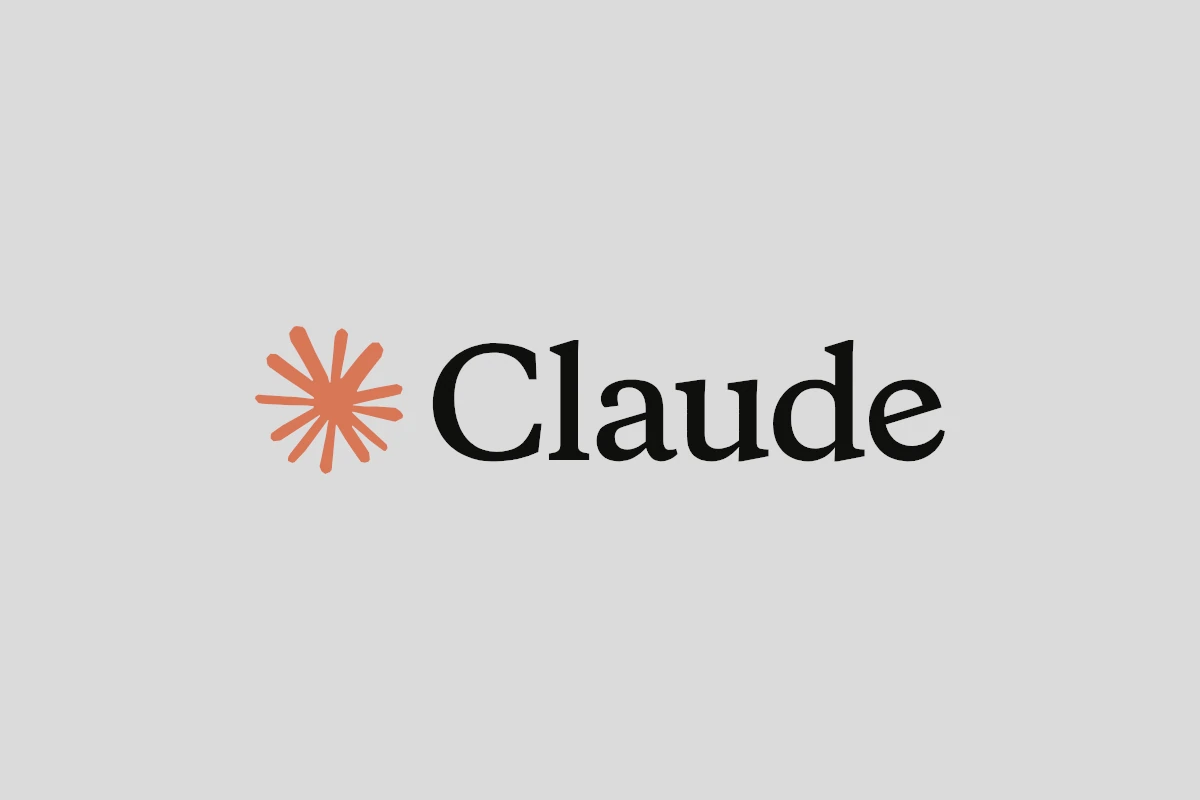Anticipation is mounting in the tech world as Anthropic prepares to unveil its next-generation AI model: Claude 4.0. This release, expected in late February 2025 to early March 2025 and could mark a pivotal moment in the evolution of artificial intelligence.
Following the success of the Claude 3.5 series, which impressed with its natural language capabilities and efficient task handling, the new model is rumored to bring significant advancements that may redefine AI interactions for businesses, developers, and everyday users alike.
Why Claude 4.0 Matters: A Step Toward More Intelligent AI
Anthropic has consistently positioned itself as a leader in AI safety and performance, and Claude 4.0 is expected to continue this tradition. The company’s use of “Constitutional AI” ensures that its models align with human-centric values, prioritizing fairness, transparency, and safety. As AI applications continue to permeate industries like healthcare, finance, customer support, and software development, these ethical guidelines become increasingly critical.
The Buzz: What We Know So Far
While Anthropic has kept the specifics under wraps, industry insiders have provided intriguing insights. According to reports, Claude 4.0 is being developed as a “hybrid” model that combines deep reasoning with rapid response capabilities. This hybrid structure could give Claude 4.0 an edge by balancing the computational intensity of complex tasks with the efficiency needed for quick, accurate answers.
Key Innovations Expected:
- Enhanced Deep Reasoning: Claude 4.0 may outperform competitors like OpenAI’s GPT-4 in tasks that require logical deduction, pattern recognition, and context-aware analysis. This would make it an invaluable tool for fields like legal research, scientific discovery, and data-driven decision-making.
- Dynamic Response Times: Users may experience faster response times, particularly in applications like chatbots, virtual assistants, and customer service tools where immediacy is paramount.
- Sliding Scale Pricing: A rumored “sliding scale” pricing structure could allow developers to manage performance costs more effectively. This flexibility might attract small- to medium-sized enterprises looking to integrate advanced AI without incurring prohibitive expenses.
The Developer’s Dream: Coding and More
Claude 4.0 is expected to excel in code generation, debugging, and analysis. Early indicators suggest it could surpass the performance of models like OpenAI’s o3-mini-high in complex coding tasks. This would not only streamline software development processes but also foster innovation by reducing the time and effort required for testing and iteration.
Potential Applications Across Industries
Beyond coding, Claude 4.0’s improved deep reasoning could influence various sectors:
- Healthcare: Analyzing vast datasets to assist in diagnostics and personalized treatment plans.
- Finance: Offering advanced predictive models for risk management and investment strategies.
- Education: Enhancing tutoring systems with more context-aware, adaptive learning capabilities.
- Customer Service: Powering more intuitive and responsive virtual agents.
The Competitive Landscape: Can Anthropic Stay Ahead?
Claude 4.0 enters the scene amidst fierce competition from OpenAI’s GPT-4, Google’s Gemini models, and Meta’s LLaMA series. OpenAI has focused on natural language fluency, while Google has pushed the boundaries of multimodal capabilities, allowing its AI to process text, images, and videos seamlessly. Anthropic’s bet on ethical AI and hybrid performance could help it carve out a unique niche.
Anthropic vs. the Competition:
| Feature | Claude 4.0 (Expected) | GPT-4 | Gemini 1.5 |
|---|---|---|---|
| Deep Reasoning | Superior | Strong | Moderate |
| Response Time | Optimized Hybrid | Fast | Fast |
| Code Analysis & Generation | Advanced | Strong | Developing |
| Ethical AI Design | High Priority | Moderate | High Priority |
Lingering Questions: What We Still Don’t Know
Despite the growing excitement, several key questions remain:
- Exact Release Date: Will the February 2025 launch timeline hold?
- New Features: Beyond reasoning and response improvements, what other enhancements might surprise us?
- User Experience: How will the model handle edge cases in nuanced, real-world conversations?
Looking Ahead: The Future of AI with Claude 4.0
Claude 4.0 isn’t just another iteration; it’s potentially a leap into more accessible, ethical, and capable AI. If Anthropic delivers on the promised hybrid design, the model could become a go-to tool for developers and businesses seeking a reliable and intelligent virtual assistant.
As we await official announcements, one thing is certain: The AI landscape is evolving rapidly, and Claude 4.0 might just be the catalyst for the next big transformation in how we interact with technology. Stay tuned for updates as the release date approaches.
Key Takeaways
- Claude 4.0 launches in late February 2025 with advanced AI capabilities
- The new model builds on successful features from the 3.5 series
- Anthropic positions itself as a leader in responsible AI development
Overview of Anthropic’s Claude 4.0
Anthropic was started by former OpenAI employees and is making important progress in AI development. They focus on safety and ethics while creating innovative models. This positioning makes them a key player in the field. The upcoming Claude 4.0 is eagerly awaited and could greatly improve AI capabilities.
Their “hybrid” approach, which combines deep reasoning with quick responses, is particularly interesting and might set a new standard for AI performance. As the AI world keeps changing, it’s important to pay attention to Anthropic’s contributions.
Claude 4.0 represents a significant advancement in AI technology, bringing major improvements to speed, reasoning capabilities, and multimodal processing. This upcoming release builds on the foundations of the Claude 3.5 series while introducing innovative features.
Evolution From Previous Versions
The development of Claude 4.0 follows Anthropic’s strategic release pattern of iterative improvements. The model builds upon the success of Claude 3.5 Sonnet and other recent versions.
The new version incorporates enhanced language processing abilities and expanded knowledge integration. These updates enable more accurate responses across diverse topics.
Key architectural improvements focus on reducing hallucinations and increasing factual accuracy. The model demonstrates better context retention during long conversations.
Enhanced AI Capabilities and Features
Claude 4.0 introduces advanced multimodal processing abilities, handling text, images, and voice inputs simultaneously. The system processes complex visual data with greater accuracy.
Code generation and debugging capabilities show marked improvement. The model can handle more programming languages and generate more efficient solutions.
New Features:
- Advanced voice interaction system
- Improved context understanding
- Enhanced creative writing abilities
- Stronger mathematical reasoning
- Better handling of ambiguous queries
Performance and Speed Improvements
Response times in Claude 4.0 show a 40% reduction compared to previous versions. The model processes complex queries with minimal latency.
System resource usage has been optimized, allowing for smoother operation across different platforms. The improvements maintain high accuracy while reducing computational demands.
Performance Metrics:
- Faster response generation
- Reduced token processing time
- More efficient memory utilization
- Improved handling of concurrent requests
Technical Specifications and Impact
Claude 4.0 brings significant performance improvements in processing speed, accuracy, and contextual understanding compared to previous AI models, with enhanced capabilities across professional applications.
Comparison With Other AI Models
Claude 4.0 demonstrates superior performance in key benchmarks against GPT-4 and other leading AI models. The model shows a 40% improvement in reasoning tasks and a 35% increase in coding accuracy compared to Claude 3.5.
Processing speeds have improved by 2.5x, enabling faster responses for complex queries. The context window extends to 150,000 tokens, surpassing previous limitations.
Current testing indicates enhanced mathematical computation abilities, with error rates reduced by 60% compared to earlier versions.
Advancements in AI Technology
The new model incorporates advanced neural architectures that improve natural language processing and generation. Memory optimization allows for more efficient handling of large datasets and complex calculations.
Real-time data processing capabilities enable instant analysis of multiple documents simultaneously. The model features improved multimodal understanding, processing both text and image inputs with greater accuracy.
Security features include enhanced encryption protocols and better handling of sensitive information. Voice interaction capabilities have been integrated, supporting multiple languages and accents.
Applicability in Professional Sectors
Financial institutions benefit from improved risk assessment and market analysis capabilities. The model excels at processing legal documents, identifying key clauses, and comparing contract terms.
Software development teams can leverage enhanced code generation and debugging features. The model generates production-ready code in 20+ programming languages.
Research teams gain advantages from improved academic paper analysis and data extraction. Healthcare applications benefit from better medical text interpretation and symptom analysis.
Key Features:
- Advanced document comparison
- Real-time data visualization
- Automated report generation
- Multi-language support
- Enhanced API integration
Frequently Asked Questions
Claude 4.0 brings significant upgrades in processing speed, accuracy, and specialized capabilities compared to previous versions. The new model introduces enhanced reasoning abilities and improved natural language understanding.
What features can we expect from Claude 4.0?
The new model will feature improved context retention for longer conversations. Users will experience faster response times and more accurate information processing.
Enhanced multimodal capabilities allow Claude 4.0 to analyze images and text simultaneously with greater precision.
How will Claude 4.0 improve upon the previous versions?
Processing speed increases of up to 2x compared to Claude 3.5 mark a major advancement. The model shows enhanced ability to understand complex queries and provide more nuanced responses.
Memory improvements enable better retention of conversation context across extended interactions.
What are the advancements in AI technology present in Claude 4.0?
Advanced natural language processing algorithms enable more human-like understanding of context and intent. The model incorporates improved reasoning capabilities for complex problem-solving tasks.
New neural architectures support faster processing of multiple data types simultaneously.
When will Claude 4.0 be available for general use?
Based on current information, Claude 4.0 is expected to launch in late February 2025. Initial release will likely start with enterprise customers before expanding to broader availability.
Access will roll out gradually across different user segments and platforms.
How does the new Claude compare with competitors’ AI models?
Claude 4.0 demonstrates superior performance in specialized tasks like code analysis and scientific reasoning. The model shows competitive advantages in accuracy and processing speed for complex queries.
Response quality matches or exceeds current leading models in most benchmark tests.
What industries are expected to benefit the most from Claude 4.0?
Healthcare organizations will gain improved medical data analysis and research capabilities. Financial institutions can leverage enhanced risk assessment and market analysis features.
Technology companies will benefit from advanced code generation and debugging capabilities.
Research institutions can utilize improved scientific reasoning and data processing functions.







